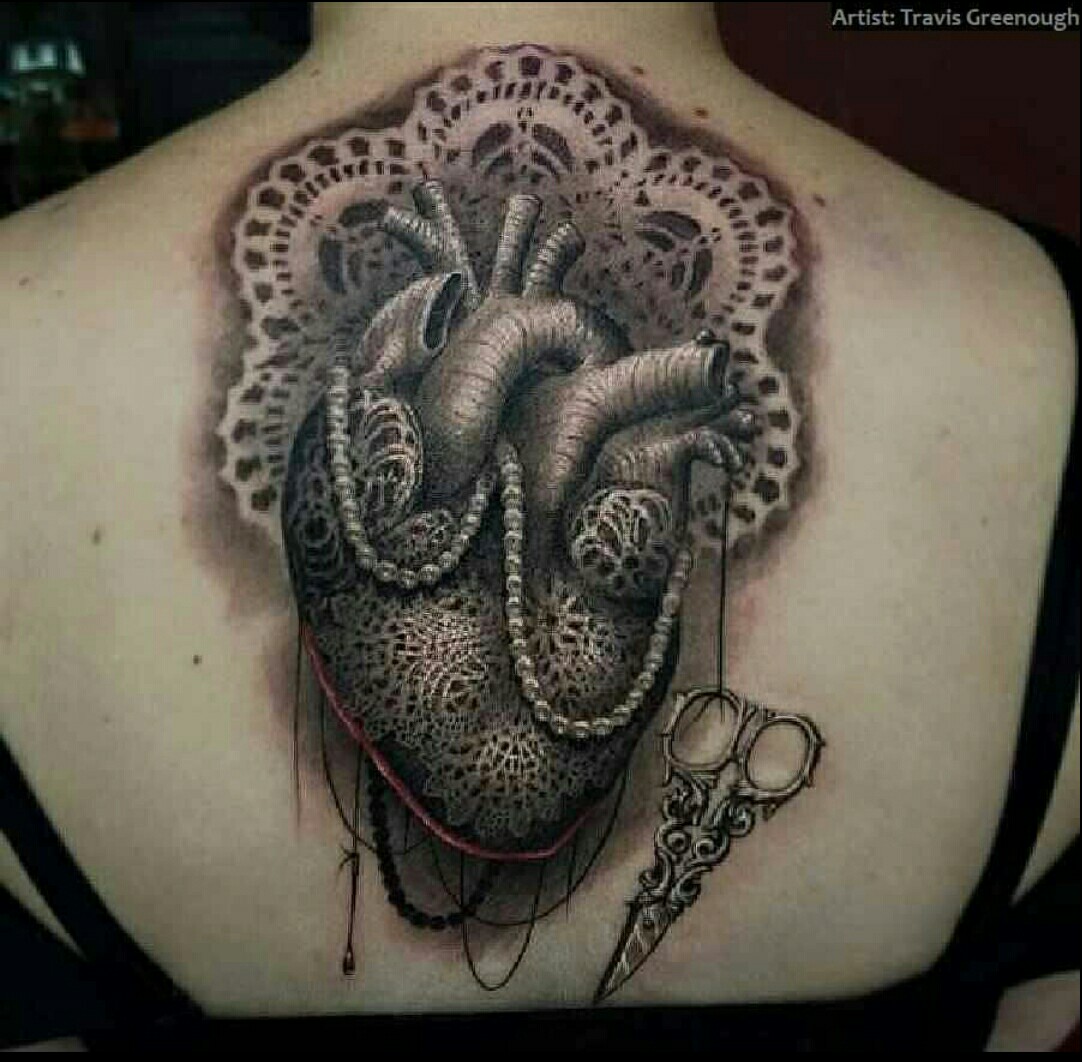Inking the Skin: What are the Benefits, Risks and Side effects of Tattoos? What are the tattoo removal methods?
Tattoo….was derived from the Polynesian word tatau meaning ‘to strike’. It is a form of body modification whereby ink, dyes or pigment is put into the dermal layer of the skin to change the pigment there and to create a design on the skin.
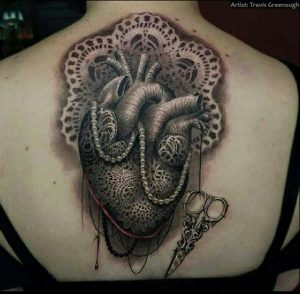
Tattooing has been in existence since the 18th century either for religious, cultural, beautification or identification purposes including identification of criminals. Recall that I’ve told you before that the skin has two major layers from top to bottom.
The dermis is the deeper layer of the skin. The pigment inserted is usually put there using a tattoo machine that has some small needles mounted on it. For most tattoos, a design is drawn on the skin (stencil) and the machine inserts pigment into the dermis on this design.
Something called macrophages in the dermis (which sees the tattoo as foreign) engulfs the pigment and ultimately the pigment remains trapped there. Later during skin recycling, the top layer flakes off and the tattoo which has now settled in becomes more visible.
What are some of the side effects and risks associated with tattoo?
1. Recall that I mentioned that needles are involved. So if not hygenically done, there can be transmission of infections like Hepatitis B, C and HIV. Other infections from Staph aureus can also occur.
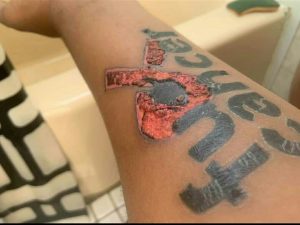
So before you go to Ikeja under bridge for your tattoo, think again. Make sure you get your tattoo done by a licensed tattoo artist with sterilized instruments used.
2. Be careful if you’re a keloid or hypertrophic scar former. It can develop after tattoos.
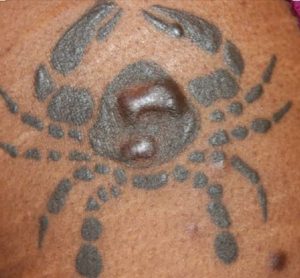
3. Allergic reactions to the pigment. Especially if red or yellow pigments are used. The former is the most common pigment associated with numerous allergic reactions. Some also use metals like mercury in the tattoo which increase the risk of allergic reactions.
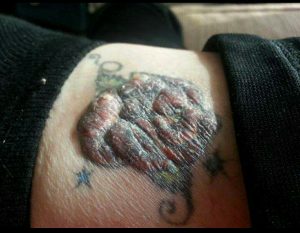
4. If you have an underlying disease like sarcoidosis, be careful…you can develop scar sarcoid.
5. Be sure you really want a tattoo before you go and write “Femi my angel” on your back. It is neither easy nor cheap to get your tattoos out.
The best method of removal is actually LASER. And we all know that doesn’t come cheap. Of all the colors, black pigment is the easiest to get out even with LASER. Red, green, neon, light blue and white pigments are not as easy as black to remove.
LASERs are quite specific in what they target in tissues. The newer or larger a tattoo is, the more difficult it is to get out. If it was also done by a professional tattoo artist, its harder to remove. Be sure the place is licensed and they know what they’re doing.
Don’t try to use things like cashew juice, hot water, corrosives like acids to take away your tattoos. It will not end well as you remember I mentioned that the tattoo is in the deeper layer of the skin and you need something that can penetrate into that layer.
Tattooing is fast becoming a fad even in Nigeria. This is not telling anyone not to do tattoos if they want…but be armed with the right information and be sure you’re going to a licensed tattooing artiste before getting one.
Henna is a pseudo tattoo because it’s not permanent and it rarely gets to the dermis. But some people react to even henna. I have seen granulomatous reactions to henna. We wrote a review article in 2016 titled “Growing trends of tattooing and its complications in Nigeria”.
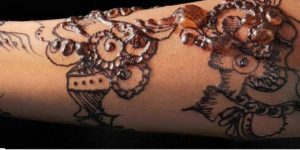
You might find the abstract online if you’re interested. I can’t put it up here because it’s an article you have to pay for.
“Think before you ink”
Any questions, comments or clarifications?
Credit:
Gold-Olufadi Shakirat (Consultant Dermatologist)

















